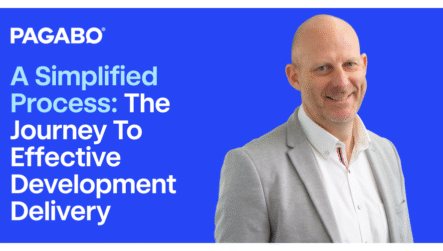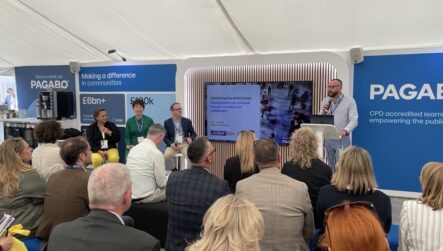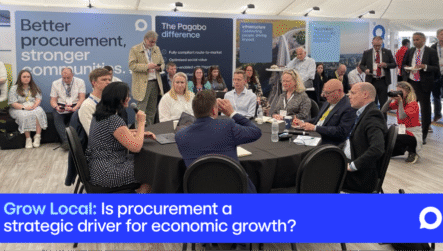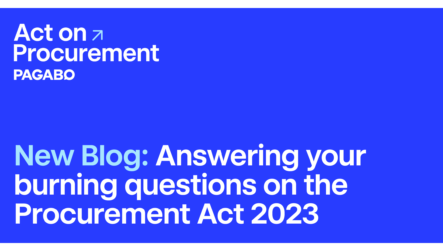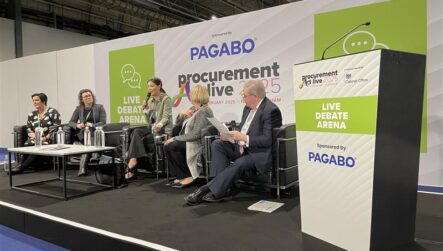
Jonathan Parker, National Framework Manager, Pagabo
Historically, construction projects have been procured through either the traditional ‘single-stage’ tender process or via the ‘two-stage’ approach. The main aim of the single-stage approach is to generate a firm price at the outset through a competitive tendering process, where-as the two-stage approach embraces a collaborative open book approach throughout the project.
Historically, the two-stage route has been the most popular within the construction industry, but in more recent times the single-stage process has gained in popularity – in Q4 2017, nearly 35% of projects were single-stage versus two-stage at 31%.
This shift has occurred because property teams are under increasing pressure to manage costs and need full visibility of these at an earliest stage. However, by doing this they are losing the potential development flexibility and added value that comes with the collaborative two-stage process.
There are undoubtedly pros and cons to both routes, and which one is right for you will depend on the project, the project team and the organisation’s outlook on cost management and planning. We can help guide you through that decision, as our framework options all come with the help and support you need throughout the life of your project.
To give you more of an idea about which is the best option for you, here we list the risks and benefits of each:
Single Stage Procurement
Benefits:
- The client benefits from a competitive tendering process which can lead to more competitive pricing.
- The client can also benefit from a fixed price through this tendering process.
Risks:
- The number of contractors prepared to bid for the project may be low. Historically, single-stage procurement was done through an OJEU process, which often resulted in high tendering costs to the contractors. Because of this many have shifted their focus to the more cost effective two-stage schemes over time and are no longer willing to engage in single-stage.
- The development scheme is generally designed and costed up by the contractor in isolation which can often result in the project budget being exceeded. Generally, this is because contractors may not have been consulted on the buildability at the outset meaning ever-changing building costs throughout the project.
Two Stage Procurement
Benefits:
- The project doesn’t have to be fully designed and costed before they can start procurement for the project, thus reducing costs.
- Shorter timescales required to get a contractor appointed.
- Due to the shorter timescales, the client would benefit from contractor early engagement which could result in project costs being reduced through a Value Engineering Process.
- The collaborative approach breeds greater communication with the client and the clients team, which can result in improved outcomes.
Risks:
- If the client and contractor don’t communicate with each other then it would be unlikely that they would benefit from collaboration and project and cost clarity.
As you can see there are benefits and risks for both the single and two-stage approach. At Pagabo our focus is on getting the client the optimum outcome regardless of which process they choose.
Should the two-stage approach be preferred, we ensure our contractors provide a collaborative open book approach throughout the process. We do this by building a close relationship with the client and also the appointed contractor and acting as the linchpin between the two. This helps drive early engagement with the client’s team and ensures the client’s budget and programme is adhered to, whilst maximising value from the contractor.
And, whether a one-stage or two-stage approach is preferred, thanks to the level of support we enjoy from contractors we can ensure that the clients receives the appropriate number of bidders for their development scheme.
Pagabo offers a wide variety of frameworks, ranging from Major Works, to DPS for Small Works, in addition to frameworks for Refit and Refurbishment Solutions, Total Car Park Solutions and Medium Works, all offering total flexibility for the client to move through the Procurement Stages using a direct award, single and the two-stage approach. A hybrid approach is also available, giving the client cost certainty with some building elements in a two-stage approach. We also provide an unrivalled level of support to the client with tenders and the documentation required for an effective and successful procurement process.
For more information on all of our frameworks and to find which is best for you and your project, please see our list of frameworks here.
Discover our frameworks

